Athletes overrepresented in sex cases
Concealed public records hide extent of problem
Over the past five years, universities disciplined NCAA athletes for sexual misconduct at more than three times the rate of the general student population. Football players were disciplined the most.
Almost three dozen NCAA Division I universities contributed data, including Ohio State University, the University of Florida and Michigan State University. Fewer than 3% of their students were athletes, but athletes made up nearly 9% of the students found responsible for sexual offenses.
And while representing less than 1% of the overall student population at the schools with football teams, gridiron standouts accounted for more than 6% of those found responsible for sexual misconduct.
But these results from a USA TODAY Network investigation may be understated because many rapes and sexual assaults on campus go unreported and because many universities refuse to inform the public about one of the biggest problems they face today.
Like the Catholic Church, the Boy Scouts of America and USA Gymnastics, universities have concealed evidence that would help reveal the extent of their sexual abuse problems — even though Congress rewrote federal law two decades ago to ensure the public has access to campus disciplinary records.
“Information related to crimes of violence should not be protected from disclosure if we truly want our college campuses to be safe environments for all students,” said then-U.S. Rep. Bill Goodling, R-Pennsylvania, during floor debate on the law. “If students do not know about violent offenders in their college community, how will they know how to protect themselves?”
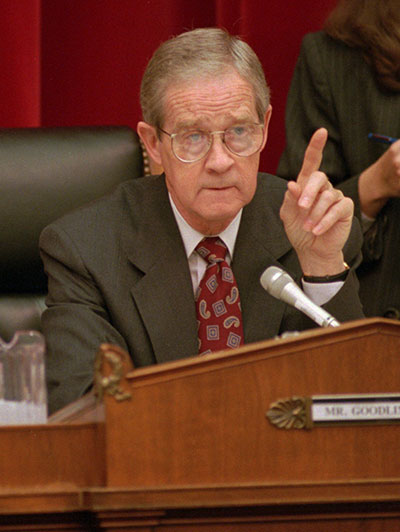
Over the past year, the USA TODAY Network tried to collect these disciplinary records from 226 Division I public schools across the country. But only 35 complied. The rest either claimed state laws protect the names of students who commit rape and sexual assault, demanded exorbitant sums to provide the information, said they weren’t required to release the records or still haven’t processed the requests.
That’s 191 schools — 85% of the total — that shielded the identities of alleged abusers at the expense of women’s safety and the public’s right to know.
The low response rate from universities “is a sad commentary on the culture of secrecy and image obsession that permeates higher education,” said Frank LoMonte, a University of Florida professor and expert in federal student privacy laws.
“People in higher education have come to regard their institutions as a brand and will do anything to protect the brand,” LoMonte said, “even if that means putting people on campus at risk.”
Federal regulations and guidance around the Family Educational Rights and Privacy Act (FERPA) are clear: “An institution may disclose to anyone — not just the victim — the final results of a disciplinary proceeding, if it determines that the student is an alleged perpetrator of a crime of violence or non-forcible sex offense, and with respect to the allegation made against him or her, the student has committed a violation of the institution’s rules or policies.
“The disclosure of final results must include only the name of the student, the violation committed, and any sanction imposed by the institution against the student.”

The USA TODAY Network sought just that — the final results of disciplinary proceedings in which the accused student was found responsible for a sexual or violent offense.
From the 35 universities that complied with the requests — except the University of Washington, which is still in the process of providing records after nearly eight months — the USA TODAY Network identified 531 students disciplined for sex offenses since January 2014. One of every 12 names on that list belonged to an NCAA athlete, even though their ratio of enrolled students at those same schools during that time was three times fewer — only one in 36.
Forty-seven athletes appeared on the list. Nearly two-thirds — 30 — played football. Their representation among disciplined students was more than eight times higher than non-football players.
“What this tells us is that hard data show athletes to be more dangerous to women than nonathletes, and football players in particular are more likely to commit sexual violence against other college students,” said John Foubert, a rape prevention expert for the U.S. Army and education college dean at Union University in Tennessee.
Until now, no university, news outlet or sports organization, including the NCAA, had ever conducted a study across so many institutions that examined the rate at which schools punished NCAA athletes for sex offenses.
“It’s completely consistent with what I would have expected,” said Brett Sokolow, president of the Association of Title IX Administrators, whose members include sexual misconduct investigators at colleges across the U.S.
Title IX is the federal law prohibiting sex discrimination in education.
“Athletes have always been disproportionately involved in these cases,” Sokolow said.
Two statisticians the USA TODAY Network consulted about its study methods, William Huber and William Fairley of Analysis & Inference Inc., cautioned that the 35 compliant universities could be subject to selection bias. For example, it is possible they elected to provide records because they believed the public should know about problems with athletes on their campuses.
Or, the statisticians said, perhaps they provided records because they believed they had nothing to hide — whereas schools that didn’t provide records could be covering up even bigger problems within their athletic departments.
The findings underscore an immediate need for the NCAA to undertake athlete-specific interventions and punish those found responsible, said several experts who study sexual violence prevention.
Unlike pro leagues, the NCAA has no specific penalties for athletes found to have committed sexual violence either by their schools or in courts of law. And nothing stops expelled and suspended athletes from transferring and playing elsewhere.
“We need to find ways to hold people accountable for their behavior, and continuing to allow somebody to play a sport uninterrupted is rewarding that behavior,” said Kristy McCray, an Otterbein University professor who studies sexual violence prevention in sports.
“There is a fine line between what punishment works best, but I think we would all agree that no punishment is not a good idea.”
The fight for records
In 1998, Congress amended FERPA to codify that the public should have access to information about violent and sexual offenses committed by students.
The amendment, introduced by then-U.S. Rep. Mark Foley, R-Florida, declared that “nothing in [FERPA] shall be construed to prohibit” schools from disclosing the final results of such disciplinary proceedings if the student was found to have violated school rules with respect to the offense.
“When a university finds through its own disciplinary proceedings that a student has committed an act of violence, such as sexual assault, the university community has a right to know about it,” Foley said during the floor debate.
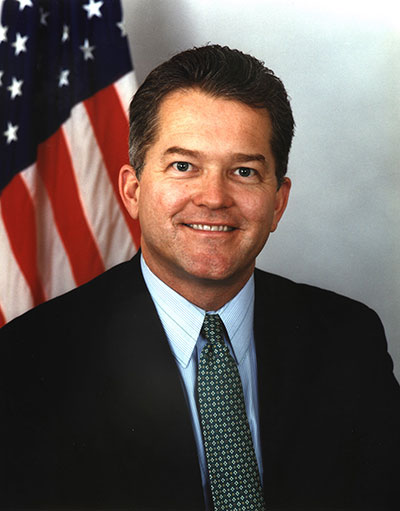
But 21 years later, there are only two U.S. states — New Mexico and Wyoming — where every Division I public university complied with the USA TODAY Network’s requests for that exact information.
The universities that complied span 14 states. Most schools in Ohio, Washington and Georgia complied, but a few schools — including Washington State University and the University of Georgia — refused or set up major cost barriers.
In a few cases, state laws specifically prevented the disclosure of the information. In North Dakota, for example, Title IX records are designated as exempt from public records laws.
Many schools claimed releasing the information would constitute an unwarranted invasion of the privacy rights of those involved, even though federal lawmakers said the opposite. Three schools in the State University of New York (SUNY) system, for example, said releasing the names “could endanger the life or safety of the accused, as well as the reporting individual and witnesses.”
Indiana University said the law did not require it to “make determinations” as to which of its student conduct offenses would be considered violent or sexual.
And some schools issued astronomical fee estimates to provide the same records that other schools gave for free. The University of Maryland said preparing the records would take nearly 600 hours of staff time and cost more than $22,000 to provide. The University of Oregon said it would charge more than $12,000 and redact the records almost entirely anyway.
But by far the most common excuse from schools was that, rather than require them to provide the information, FERPA simply permitted them to release it if they so choose. Most chose not to.
The University of Texas at Austin is one such school. But that interpretation of FERPA is at odds with state open records laws, which say public agencies must disclose records unless another law specifically prohibits their disclosure.
The USA TODAY Network filed a lawsuit against the university through one of its Texas publications, The Austin American-Statesman. The suit is pending.
The lawsuit closely resembles one filed against the University of North Carolina at Chapel Hill by the student newspaper, The Daily Tar Heel, and other news outlets in 2016.
In that case, Tar Heel reporters requested records to determine how the university’s new sexual misconduct policy was working and who it was working for, said Jane Wester, the editor-in-chief at the time. The university implemented the new policy after the U.S. Department of Education opened a sex discrimination investigation into the school for mishandling sexual assault complaints.
But UNC said provision of the records was discretionary and it chose not to release them, prompting the newspaper to sue. The superior court sided with UNC, but the appeals court sided with the newspaper. The case is now before the North Carolina Supreme Court, where it awaits a ruling.
“It’s an issue of physical safety,” Wester said. “If UNC can release it, and they’re not, it seems like they have a reason why: to protect their own reputation.”
Arguing the case before the Supreme Court, Hugh Stevens, the Tar Heel’s lawyer, said: “What’s the privacy interest in keeping secret the names of people who have committed heinous sexual offenses on campus? Why is the university protecting sexual predators at all?”
LoMonte, the FERPA expert, filed an amicus brief in the case.
Said LoMonte: “Schools are so obsessed with promoting a favorable public image that they’re willing to defy the law.”
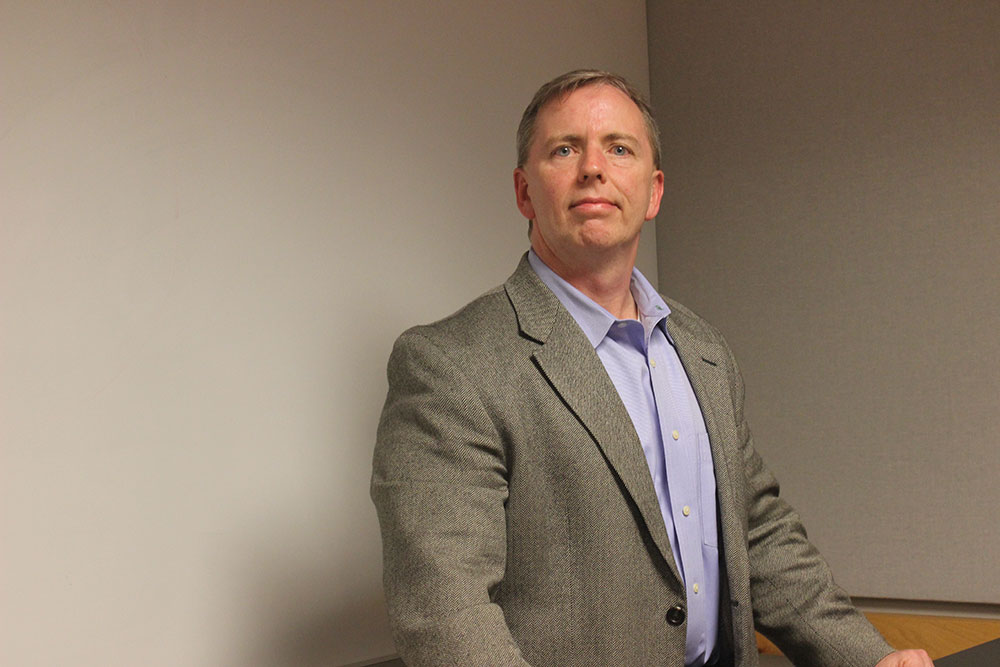
Risk of reoffending
Of the 47 athletes identified in the university records as having been found responsible for sexual offenses, at least 11 transferred and continued their playing careers at other NCAA schools.
In addition to the 11 identified from the records, the USA TODAY Network confirmed 22 more athletes who transferred despite being administratively or criminally disciplined for sex offenses by first searching court and police records and media reports, and then confirming through public records and university officials — for a total of at least 33. This is by no means an exhaustive count.
If the 34 public universities, not counting the University of Washington, that complied with the records requests are representative of all 351 Division I schools — some of which are private and not subject to public records laws — then one could expect roughly 485 Division I athletes found responsible for sexual misconduct in the past five and a half years, and 113 of them to have transferred elsewhere in the NCAA.
The true numbers may be even higher, several experts said, because schools harboring the biggest athlete sexual assault problems may be unlikely to disclose the records voluntarily.
These numbers were especially troubling to Foubert, whose research team’s groundbreaking study earlier this year offered the most comprehensive evidence yet that campus rape is primarily an issue of serial perpetrators as opposed to one-time offenders.
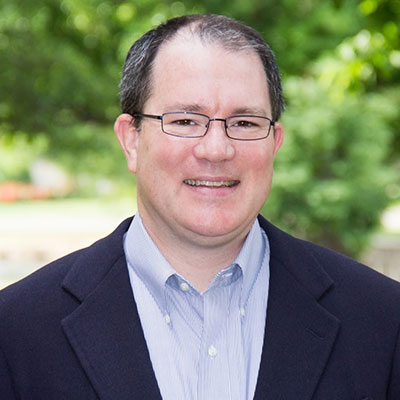
Analyzing an anonymous survey of more than 12,000 college men across 49 institutions, his research team found that repeat offenders accounted for 87% of alcohol-involved rapes on college campuses, and they averaged at least five each. College campuses are the most common venue for alcohol-involved rape, Foubert said.
“With an average of at least five infractions per perpetrator, chances are if a perpetrator is caught, he has committed sexual assault before and will likely do it again,” the study found.
The study also found that students who reported participating in campus sports constituted an outsized share of repeat offenders.
The finding is consistent with several previous studies that have found college athletes overrepresented in campus sexual assaults, regardless of whether the assaults were reported.
Schools that recruit previously disciplined athletes but take no action to protect other students will likely be held liable if the students go on to hurt others, said John Clune, an attorney who has represented victims in dozens of campus sexual assault cases across the U.S.
The standard is known as “deliberate indifference,” and it was the basis of a 2015 federal lawsuit Clune filed on behalf of a female University of Oregon student who a year earlier reported being gang-raped by three basketball players.
One of them, Brandon Austin, had been found responsible for sexual assault at his previous school, Providence College, before transferring to Oregon, according to the lawsuit.
Oregon officials, including coach Dana Altman, knew about the Providence case but did nothing to protect students at Oregon, the lawsuit said.
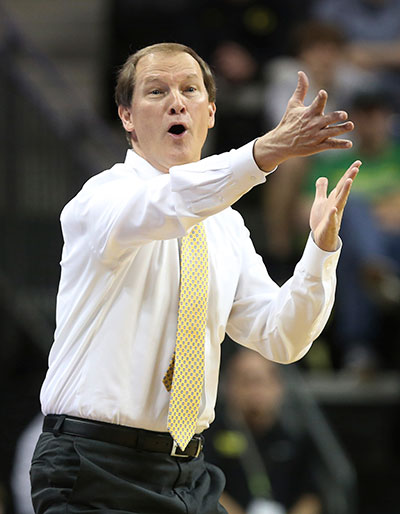
The university settled with the student for $800,000 and attendance costs. The players, who denied the allegations, also sued the university, but judges dismissed their lawsuits, court records show.
All three players continued their college basketball careers at other schools.
Similar cases have played out in courts around the country for years.
Schools that decide to enroll students who’ve been dismissed elsewhere for sexual offenses should take proactive measures to ensure student safety, Clune said. That may include placing restrictions on the students’ campus access, requiring supervision or counseling and alerting other students, he said.
But Clune said he is unaware of any universities actually taking those steps.
“Nobody does it,” he said. “They just let them in and hope that a sex offender won’t do it again, which is one of the more ignorant things that you can presume.”

It’s hard to gauge the frequency of such repeat-offender cases because the vast majority of sexual assaults go unreported, Clune said.
The Rape, Abuse and Incest National Network (RAINN) estimates that roughly 23% of female undergraduates experience rape or sexual assault through physical force, violence or incapacitation.
But only one in five college-aged female students report their assaults to law enforcement, according to RAINN. Of those who did not report to police, 4% or fewer reported to campus officials.
“For the majority of transfers, the school never hears anything,” Clune said. “That doesn’t mean that person hasn’t continued their behavior. The odds are in schools’ favor that they can let the kid in and never have to deal with it.”